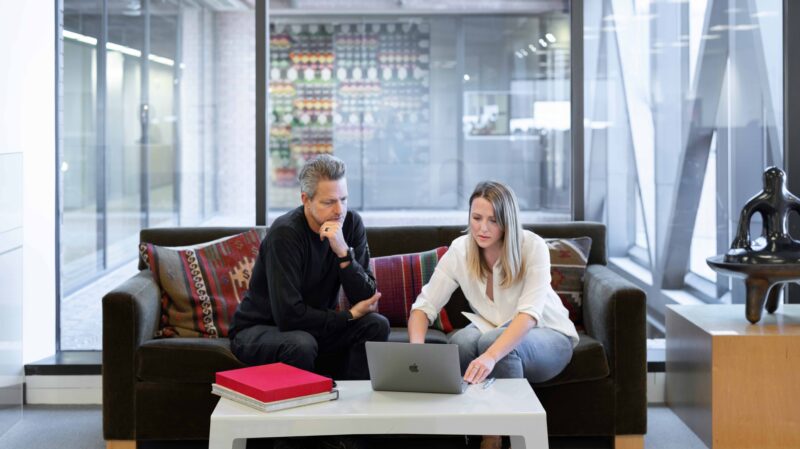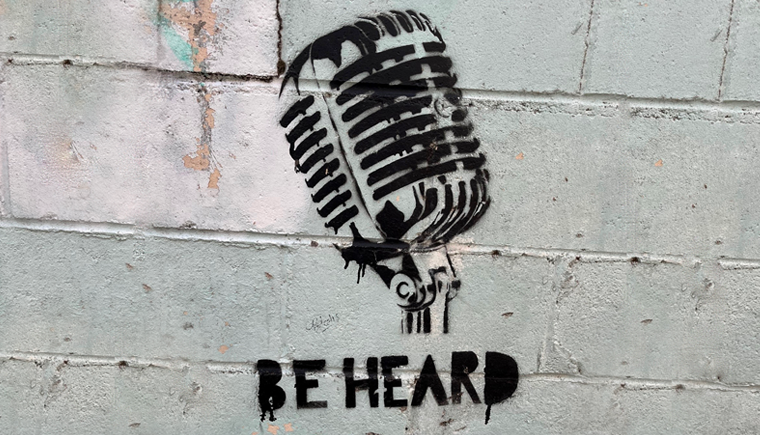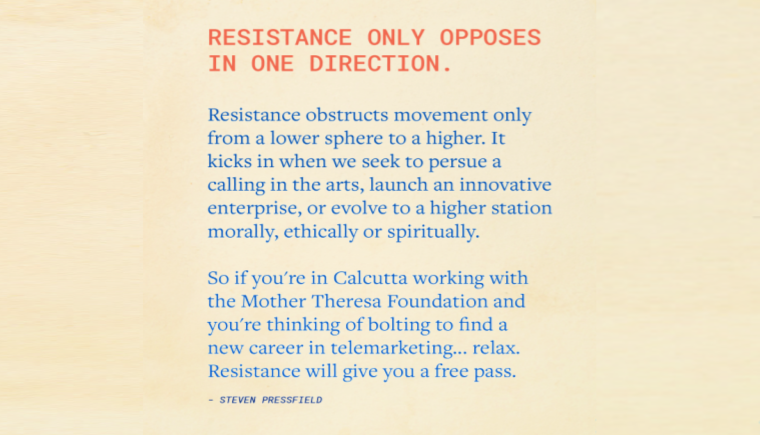
In the ever-evolving landscape of the professional world, workplace etiquette plays a crucial role in fostering a positive and productive environment. Mastering the standards of business etiquette is not only a reflection of individual professionalism but also contributes to the overall success of a team.
While many of us have adapted to the new norms of remote work and virtual meetings, the transition back to in-person interactions has brought to light a need for a refresher on workplace etiquette. As we navigate this post-pandemic era, it’s essential to recognize the importance of maintaining professionalism in all aspects of our work lives.
I recently had a conversation with a client who is an HR leader at a large oil and gas company. She mentioned that as more people return to the workplace, there have been increasing HR issues connected to inappropriate behavior. This serves as a reminder that now, more than ever is the time to “class it up”* and reevaluate our workplace etiquette.
Here are some key workplace etiquette tips to consider as we transition back to in-person work:
- Mind Your Language: In the relaxed atmosphere of remote work, it’s easy for our language to become more casual. However, it’s important to remember that what may be acceptable in personal conversations may not be suitable for a professional setting. Pay attention to your language and avoid swearing or using inappropriate expressions that could offend others.
- Respect Time: Effective time management skills are essential in any professional setting. Whether it’s for in-person meetings or virtual conferences across different time zones, punctuality is key. Arriving on time or even a few minutes early demonstrates respect for your colleagues’ time and sets a positive tone for the meeting.
- Brush Up on Small Talk: Many of us have grown accustomed to the isolation of remote work, making small talk feel awkward when we return to in-person interactions. However, engaging in casual conversations with colleagues is essential for building relationships and fostering a collaborative environment. Practice your conversational skills and be willing to initiate or participate in discussions, both in-person and over the phone.
- Dress Appropriately: While remote work may have blurred the lines between work attire and lounge wear, it’s important to adhere to the dress code of your workplace when returning to the office. Business casual attire is still the standard in most professional environments, so dress accordingly to maintain a polished and professional appearance.
- Be Mindful of Email Etiquette: In today’s digital age, work emails are a primary form of communication. It’s crucial to maintain professionalism and clarity in your emails, whether you’re corresponding with colleagues, clients, or superiors. Remember to use proper grammar and punctuation, and avoid using all caps or excessive exclamation points, which can come across as unprofessional.
- Consider Time Zones: With the increase in remote work, teams are often spread across different time zones. When scheduling meetings or sending emails, be mindful of the time zones of your colleagues to ensure that you’re not disrupting their work-life balance. Utilize tools and software that display multiple time zones to coordinate effectively and respectfully.
- Mind Your Technology Usage: In a world where technology is omnipresent, it’s crucial to use it mindfully in professional settings. Avoid distractions during meetings by silencing your phone and refraining from checking non-work-related messages.
- Practice Empathy and Inclusivity: Cultivating empathy and inclusivity in the workplace fosters a sense of belonging and respect among team members. Be mindful of diverse perspectives and experiences and avoid making assumptions. Actively listen to others’ viewpoints, validate their feelings, and strive to create an environment where everyone feels valued and heard.
- Handle Conflict Diplomatically: Conflicts are inevitable in any workplace, but how they’re managed can make a significant difference in team dynamics. When disagreements arise, address them promptly and privately, focusing on finding mutually beneficial solutions rather than assigning blame. Approach conflicts with empathy, active listening, and a willingness to compromise, fostering a culture of collaboration and resolution.
- Offer Help and Support: A supportive work environment thrives on teamwork and camaraderie. Take initiative to assist colleagues who may be struggling with tasks or facing challenges. Offer guidance, resources, or a listening ear to help them overcome obstacles and succeed in their roles. By fostering a culture of support and collaboration, you contribute to a more positive and productive workplace for everyone.
- Mind Your Body Language: Nonverbal cues, such as posture, facial expressions, and gestures, can communicate volumes in the workplace. Be mindful of your body language during interactions, ensuring it conveys attentiveness, openness, and respect. Positive body language fosters rapport and enhances effective communication among team members.
- Show Appreciation: A simple “thank you” can go a long way in demonstrating appreciation for your colleagues’ efforts. Whether it’s for completing a task, offering assistance, or contributing to a project, take the time to acknowledge and thank your coworkers for their contributions.
Effective leadership also plays a pivotal role in shaping the culture of professionalism within an organization. Leadership is not merely about managing tasks; it’s about setting the tone, leading by example, and cultivating an environment where respect and professionalism thrive.
Here are some additional leadership strategies to enhance workplace etiquette in the post-pandemic era:
- Lead by Example: Leaders serve as role models for their teams. By consistently demonstrating exemplary behavior in language, punctuality, and attire, leaders set the standard for professionalism within the organization. When leaders prioritize workplace etiquette, it reinforces its importance to the entire team.
- Provide Training and Resources: In the wake of evolving workplace dynamics, it’s essential to equip employees with the necessary tools and resources to navigate the intricacies of workplace etiquette effectively. Consider implementing training sessions or workshops focused on communication skills, providing feedback, and time management.
- Foster Open Communication: Effective communication is at the heart of workplace etiquette. As a leader, encourage open dialogue within the team, creating a safe space for employees to express concerns or seek clarification on appropriate behavior. By fostering transparent communication channels, leaders can address issues related to etiquette proactively and collaboratively.
- Set Clear Expectations: Clarity is key when establishing expectations regarding workplace etiquette. Clearly communicate the organization’s standards for language, punctuality, attire, and email communication. Provide specific guidelines and examples to ensure that employees understand what is expected of them in various professional scenarios. Regularly revisit and reinforce these expectations to maintain consistency across the organization.
- Acknowledge and Reward Positive Behavior: Recognize and celebrate instances of exemplary workplace etiquette. Whether it’s acknowledging punctuality, professionalism in communication, or efforts to engage in meaningful small talk, highlighting positive behavior reinforces its importance and encourages others to follow suit. Consider implementing a recognition program or incorporating etiquette-related criteria into performance evaluations to incentivize adherence to professional standards.
- Lead with Empathy: The transition back to in-person work may evoke mixed emotions and challenges for employees. As a leader, demonstrate empathy and understanding towards individuals navigating this transition. Be mindful of the unique circumstances of each team member, including considerations such as childcare responsibilities or health concerns. By leading with empathy, leaders can cultivate a supportive environment where employees feel valued and respected.
- Encourage Continuous Improvement: Workplace etiquette is not static; it evolves alongside changing work environments and societal norms. Encourage a culture of continuous improvement where employees are empowered to reflect on their behavior and adapt to new expectations. Provide opportunities for feedback and self-assessment, allowing individuals to identify areas for growth and development in their professional conduct.
By embracing these leadership strategies, organizations can foster a culture of professionalism and respect in the post-pandemic workplace. As leaders, it’s our responsibility to champion workplace etiquette, nurture positive behaviors, and cultivate an environment where every individual feels empowered to contribute to the collective success of the team. Together, let’s navigate this new era with integrity, empathy, and a commitment to excellence.
*I’m borrowing that phrase from my sister. Whenever we go somewhere fancy, she reminds me to class it up. I used to think she meant that I shouldn’t wear jeans. Now, I’m beginning to wonder.






































































































































